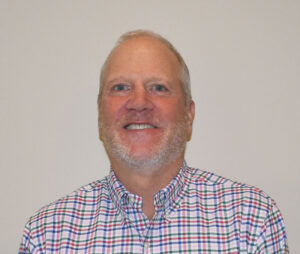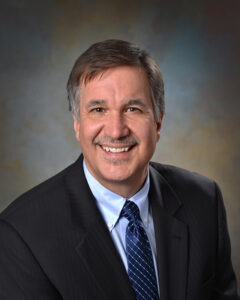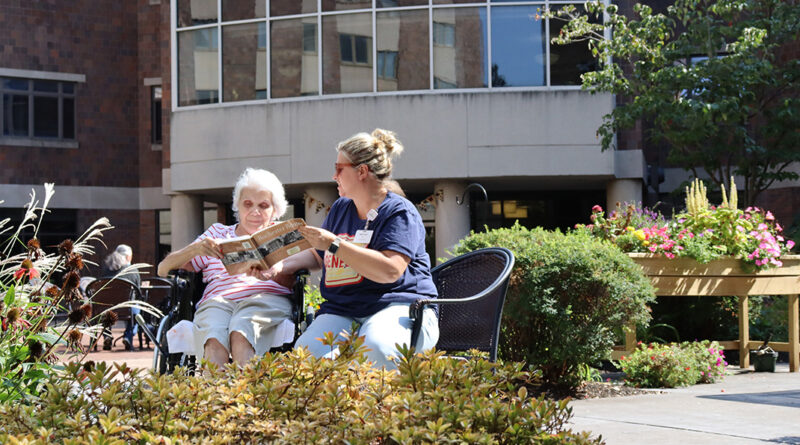Who Will Take Care of Baby Boomers?
The oldest baby boomers are 77, meaning the largest swell of boomers in long-term care is yet to come
By Deborah Jeanne Sergeant
Upstate New York long-term health care faces an industry-wide disaster like healthcare has never seen before, as nursing homes experience unprecedented staffing shortages, chronic budgetary stagnation and escalating need.
The oldest baby boomers are 77, meaning the largest swell of boomers in long-term care is yet to come. The average age of a nursing home resident is 81.1. In just a few years, many, many more people will need care in a setting where staffing to meet legislated minimums is already nearly impossible.
Joe Murabito, president and managing member of Elemental Management Group, believes that the answer lies in adequate Medicaid reimbursement for long-term care providers.
“The number one thing lawmakers and legislators must recognize is how critical Medicaid is to Upstate for recruitment and retention,” he said.
Elemental is headquartered in Oswego, and manages assisted living facilities, residential care centers and rehabilitation and nursing centers in several regions, including Monroe County. He is also a member of the New York Providers Alliance, an organization of 50 for-profit and nonprofit long-term care facilities from Buffalo to Lake Placid.
Murabito said that between 2012 and 2022, Upstate healthcare providers have experienced a 50% to 53% increase in wages for care staff, but Medicaid rates have not moved since 2007, except for a 7.5% increase passed last year, “but we didn’t realize any of that funding until a month ago,” he said. “It was a good thing, but a fraction of what’s necessary to deal with the labor problem, 15 years of no new funding and significant inflation. We must be competitive players in the marketplace and without adequate Medicaid funding we just can’t get there.”
When workers could make similar wages doing work much less emotionally and physically taxing, it becomes very difficult to attract workers.
Especially grating to Murabito is the discrepancy between Upstate and Downstate reimbursement. He explained that because Upstate relies much more heavily on Medicaid than in New York City, this means that proprietary providers Downstate survive with 8% to 9% profits overall. Although modest, it keeps them going. Similarly, across all payers Upstate proprietary providers lose on average $17 to $18 per patient day, and voluntaries across the entire state lose more than $80 per day: a clearly unsustainable business model.
Most Upstate long-term care providers receive between $180 and $210 per day per resident to provide medical and personal care, housing food, bedding, recreation, housekeeping, laundry services and administrative services. A hotel room alone in Rochester averages about $150 per night.
Coupling these reimbursement levels with the current market and recent staffing mandates is a death knell for many. As a result, long-term care facilities are closing, meaning fewer available places for those needing care.
“Nationwide, there have been more than 500 nursing home closures since 2020 and nearly 40% of them have been operating as four- to five-star facilities,” Murabito said.
Murabito sees increased Medicaid reimbursement as the key to turning Upstate long-term care around. Although technology such as artificial intelligence can help reduce administrative busywork for staff, “you still need people to provide hands-on care for people.”
One good possibility is loosening the administrative burden to sponsor and hire immigrants and refugees like in agriculture to help cover care needs. Murabito recently met with an immigration attorney to try to start the process of bringing nurses from other countries who are willing to work in long-term care. But he views better wages as the ideal solution.
“There are a lot of workers in our own country if we made healthcare more attractive,” he said. “Paying better will help.”

Charlie Runyon, president and CEO of St. John’s Living in Rochester, also said that staffing is his organization’s biggest issue and that staffing stems from funding. Although St. Johns Living can house 455 people, he has staff enough to take only 300.
“The care is less because we’re only taking folks we can care for,” he said.
He added that Monroe County has 1,600 vacant beds in long-term care facilities, largely because of a lack of workers.
Approval for Medicaid funding to obtain a room can take nine months, a process that used to take 30 days during the pandemic. Seventy percent of St. John’s resident population relies on Medicaid.
In addition to financial strains, long-term care facilities also face the fallout of an aging workforce.
“The New York state workforce in nursing homes is aging almost as quickly as the population,” Runyon said.
As workers retire from providing long-term care, they’re not being replaced with new workers quickly enough.
Runyon said that meeting needs with staffing has relied upon distributing work tasks differently to keep care staff focused on care and reducing administrative tasks has helped. Training existing non-medical staff in new skills as appropriate has also helped.
St. John’s is opening a respite program for families needing memory care for a loved one, as well as a dementia resource center in the coming years. But generating alternative revenue streams is tough in this type of work. And these efforts are more community engagement tools, not ways to make the budget work.
“There’s a labor shortage, but those who are here have made a commitment to caring for elderly folks,” Runyon said. “They do an absolutely great job under very difficult circumstances. It’s more of a calling than a job for most of our folks.”

Mike King, CEO at Jewish Senior Life, works in advocacy with LeadingAge NY and local legislators about increasing the daily Medicaid rate. He also views reimbursement as key to recruiting and retaining staff.
“It’s a domino effect because Medicaid doesn’t fund the cost of care,” King said. “Because you don’t have adequate reimbursement, it’s a struggle as an organization to fund the nursing home.”
Like most long-term care facilities, taking beds “offline” represents the only strategy to maintain quality of care and state-mandated staffing ratios.
“Even before the pandemic, we were on a precipice for finding staff,” King said. “You had this big exodus of people who left.”
His organization has a long waiting list for all of its services. He is familiar with home care agencies and said that they face similar staffing and financial struggles, making it challenging to stay at home longer term.
King said that Jewish Senior Life is finding ways around staffing woes such as recruiting high school students aged 15 and older through part-time jobs. This early exposure draws some to commit to working in healthcare. Partnering with Heritage Christian Services has resulted in 40 people with developmental disabilities who have completed a training program and work in long-term care. Half of those now work at Jewish Senior Life.
Jewish Senior Life also trains LPNs and CNAs on-site and provides a clinical site for occupational therapists and physical therapists in training.
“We need to look for ways to be creative to look into coming into healthcare,” King said. “Monroe County has set aside dollars to create grants so nursing homes can work with individuals in their organizations that might want to make a career like CNA to LPN. They provide funding for tuition and continue to pay wages and get full benefits and wages. It’s an innovative program and one example of how we need to be thinking about the healthcare workforce.”
He also wants to see more scholarships to help make nursing education more affordable.

